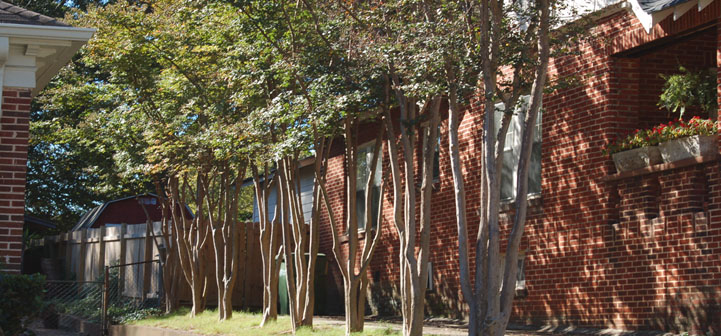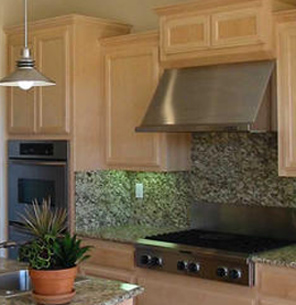Reviewed and Revised on 11/06/2013
The purpose of an exhaust vent is
- remove moisture, odors, smoke, fumes, heat or steam, and airborne grease from the indoor environments of a home
- protect the building interiors of the home
- improve the indoor air quality for the home occupants
Remember, when air is exhausted out of a building, replacement air needs to come in. If this can’t happen, because the house is too tight, or because other exhaust equipment is also running (including furnaces), a reverse flow can develop in the weakest appliance, possibly introducing combustion products into the home. If this is a possibility, be sure to crack open a nearby window while the fan is running.
In an energy efficient home, it is very important that the exhaust fans in the kitchens and bathrooms are ducted to the exterior and not into the attic to effectively remove the excess moisture and pollutants produced in these rooms.
ENERGY STAR rated vents are better performing, have lower energy consumption levels and lower associated noise levels.
Low noise exhaust fans tend more likely to be used when needed. The level of noise for an exhaust fan is rated by sones. For all Energy Star rated residential exhaust fans, maximum allowed sound levels fall in 2-3 sones range.
It is helpful to install a timer or a humidity sensor on an exhaust fan to prevent it from being left on longer than needed.


